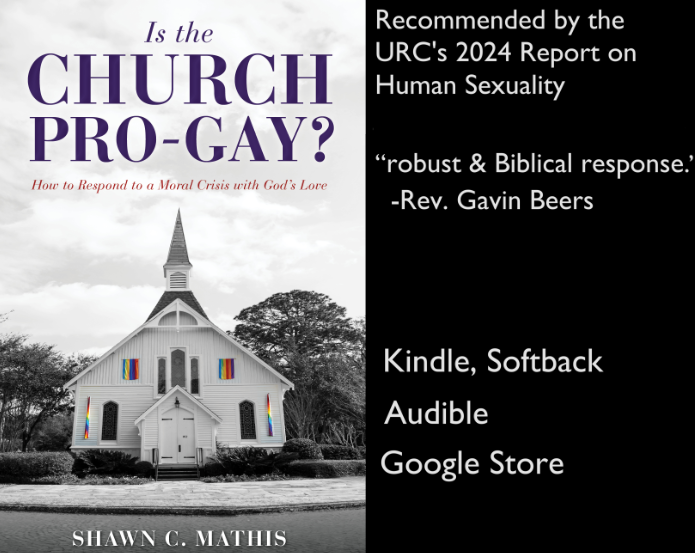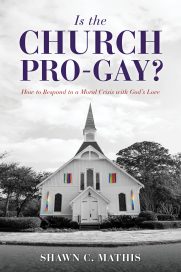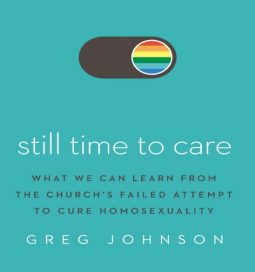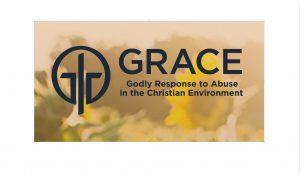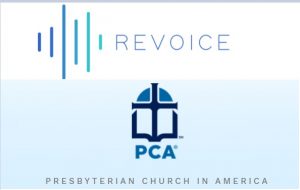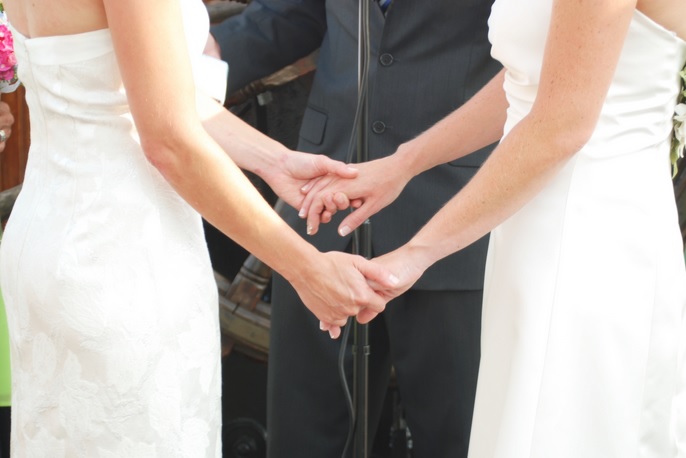
Sometimes it takes someone outside the Christian tradition to point to the problems within the American churches. An essay in The Atlantic,“The Quiet Gay-Rights Revolution in America’s Churches,” argues persuasively that the churches of America were a leaven of “tolerance” in society, preparing the way for support of homosexual unions.
In 2006, just over a third of Roman Catholics and mainline Protestant churches favored gay unions. And among evangelical Protestants there was about 11 percent support. As of 2013 over half of Roman Catholics and mainline Protestants support this aberration. And 24% of evangelicals support it as well.
But the statistical numbers do not tell the whole story. It is what these Christians were taught in their churches that the real story comes to the fore. This is the story of the power of false teaching.
The article notes one Senator, a Methodist, who explains the basis of accepting homosexual unions as “the Bible’s overarching themes of love and compassion and my belief that we are all children of God.” Pope Francis declared, “If someone is gay and he searches for the Lord and has good will, who am I to judge?”
But what happens when such widespread sentiments meet an aggressive, and suave, queer campaign as described in The Atlantic?
“Don’t judge my sexuality!”
“Why must you hate me?”
Thus resistance was eaten away by the cancer of false teaching.
For several generations, many American churches jettisoned the Bible as a serious and authoritative source of morality. And many of these same churches never bothered telling their members that fact.
Thus, for around 100 years or more, the average church parishioner was feeding on a steady diet of biblical words devoid of their biblical meaning.
Love and brotherhood became words emptied of their proper meaning and filled with license and equality. Love became license to redefine morality and brotherhood became equality between truth and error.
But the liberal falsehoods are only part of the total picture. False teachings in conservative churches helped create this new consensus. And one of the greatest errors is the redefinition of the Gospel. This may explain how more of the newer generations of Evangelicals (homeschoolers and Millennials) are accepting homosexual “marriage.”
How? By mimicking the culture around them. As we are seeing in real-time, conservative churches do not conserve much, it seems. They tend to fool themselves by accepting worldly thinking on sexual matters but tone it down enough to appear traditional. This is why more and more churches are accepting gay ministers, as long as they publicly swear to celibacy.
Such churches were already compromised on heterosexual sins, turning a blind eye to fornication among the youth. It would only be natural they would do something similar with the newer sexual transgressions. Furthermore, the strong streak of winsomeness among the leadership almost guaranteed a compromise against the queer agenda as former SBC president Greear illustrated.
The truth is that in general the American church helped form the homosexual consensus. And it is not just those mainline churches that are at fault. As much as conservatives blame the schools, media and Hollywood, their own churches had a role.
The story of the church, false teaching and the homosexual consensus is a sad story. But it must be told lest more false teaching ensnare a newer generation of Christians.
